University Economics Assignment: Price Discrimination and Coupons
VerifiedAdded on 2020/05/16
|6
|767
|48
Homework Assignment
AI Summary
This economics assignment examines the concept of price discrimination, specifically focusing on how businesses utilize coupons to segment their market and maximize surplus. The assignment explains third-degree price discrimination, where sellers differentiate prices based on customers' reserve prices and elasticity of demand. It highlights how coupons allow businesses to target price-sensitive customers, who invest time in finding discounts, and less price-sensitive customers who are willing to pay a higher price. The assignment provides real-world examples, such as shopping mall rebates and online coupon usage, illustrating how businesses exploit differences in demand elasticity. The student describes personal experiences with coupons and analyzes the fairness and legality of such practices, supported by economic theories and academic references.
1 out of 6
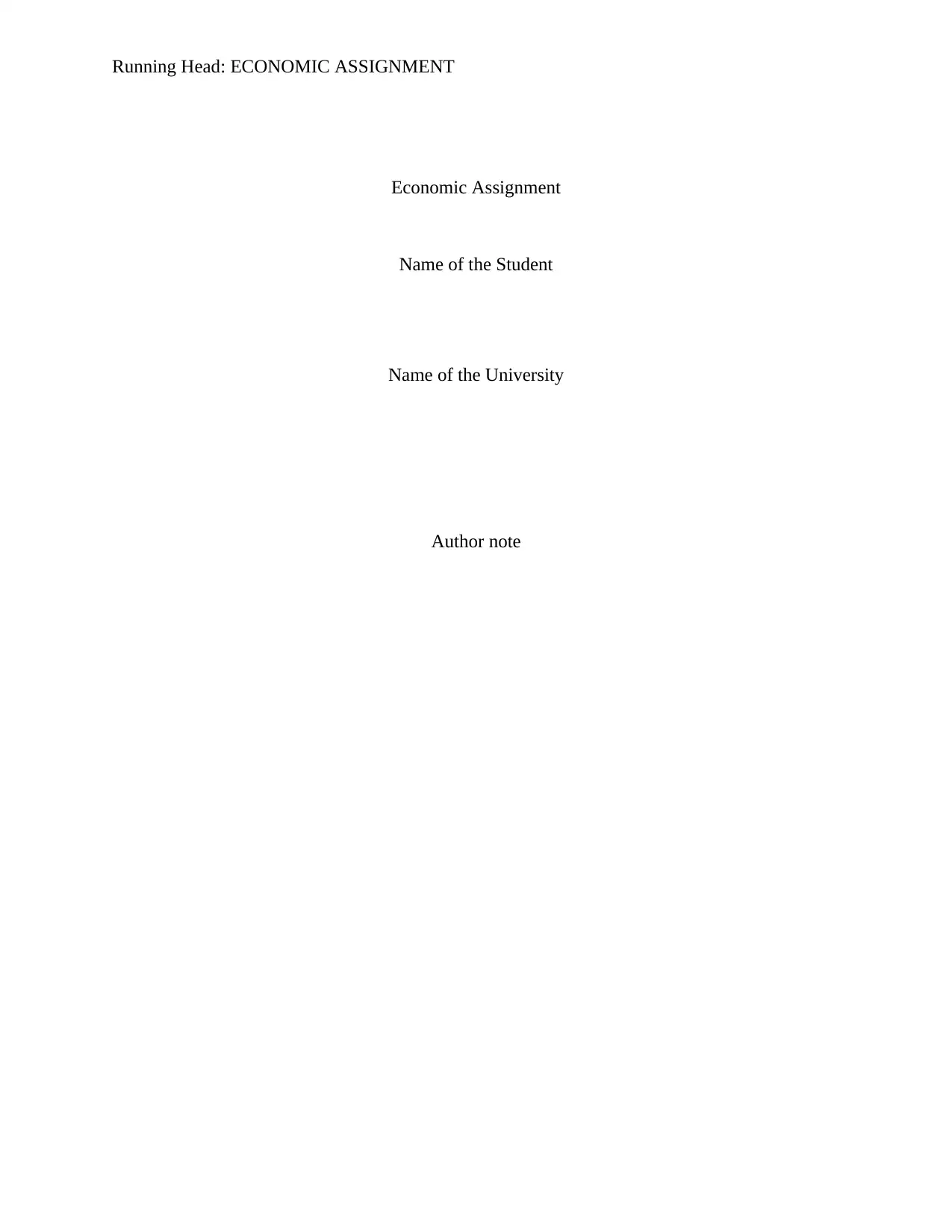
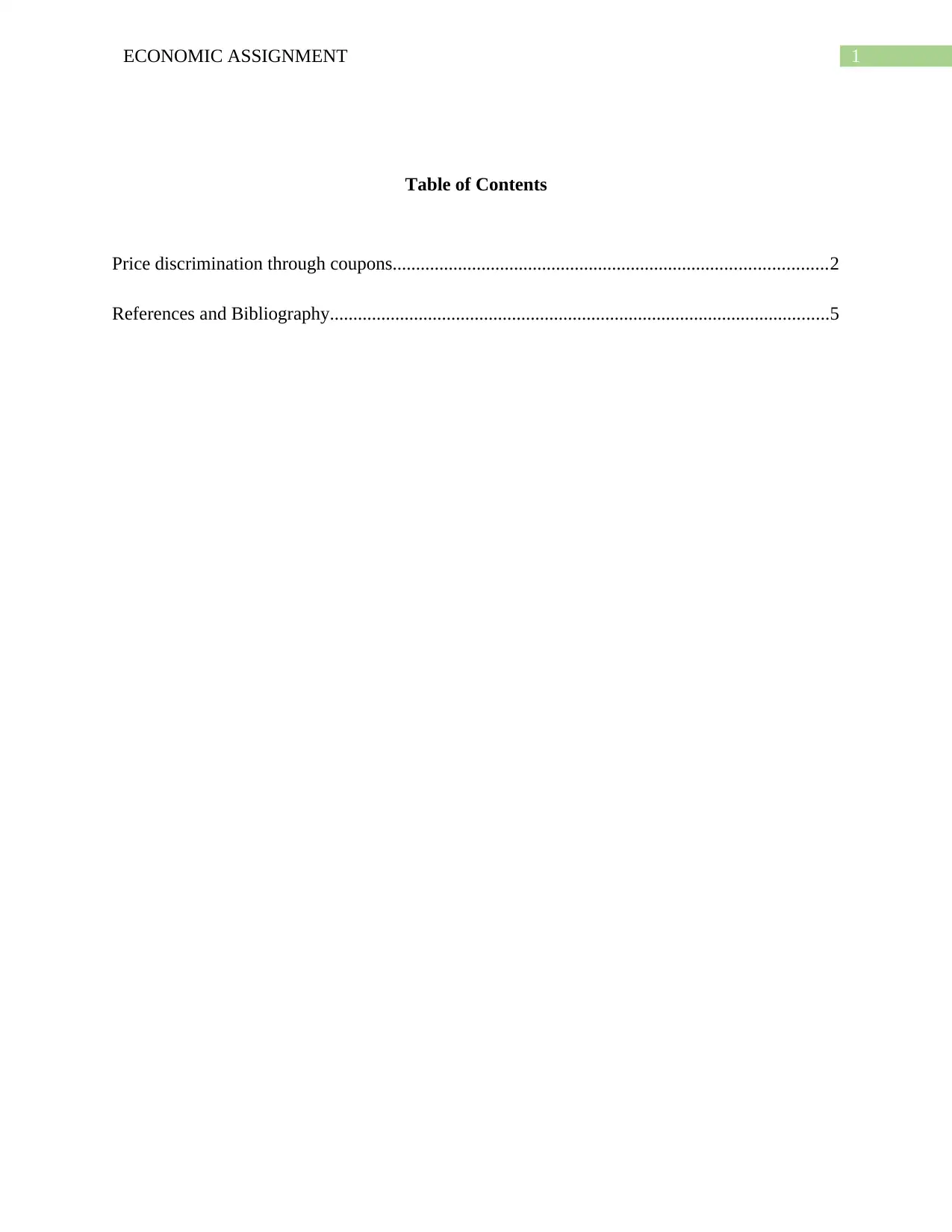
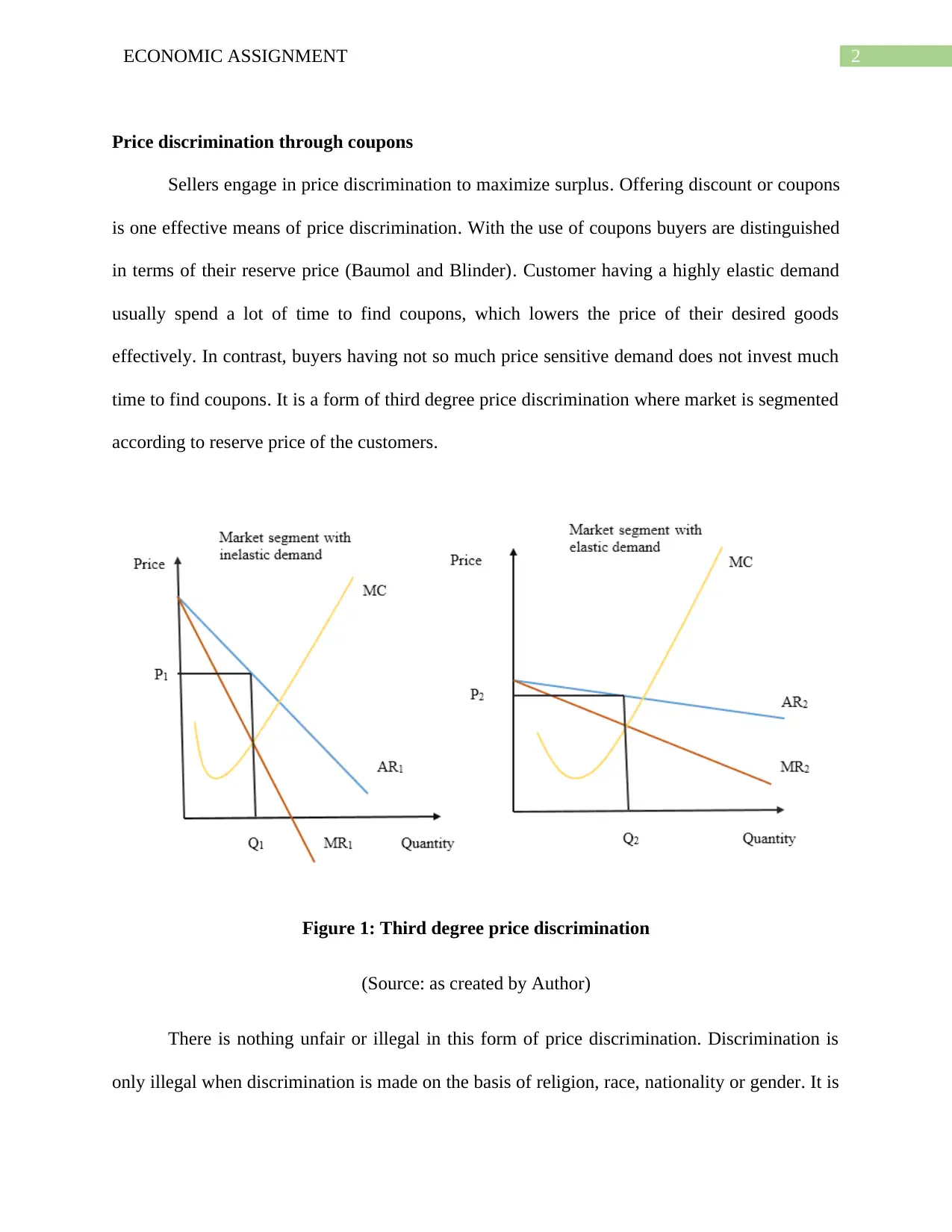

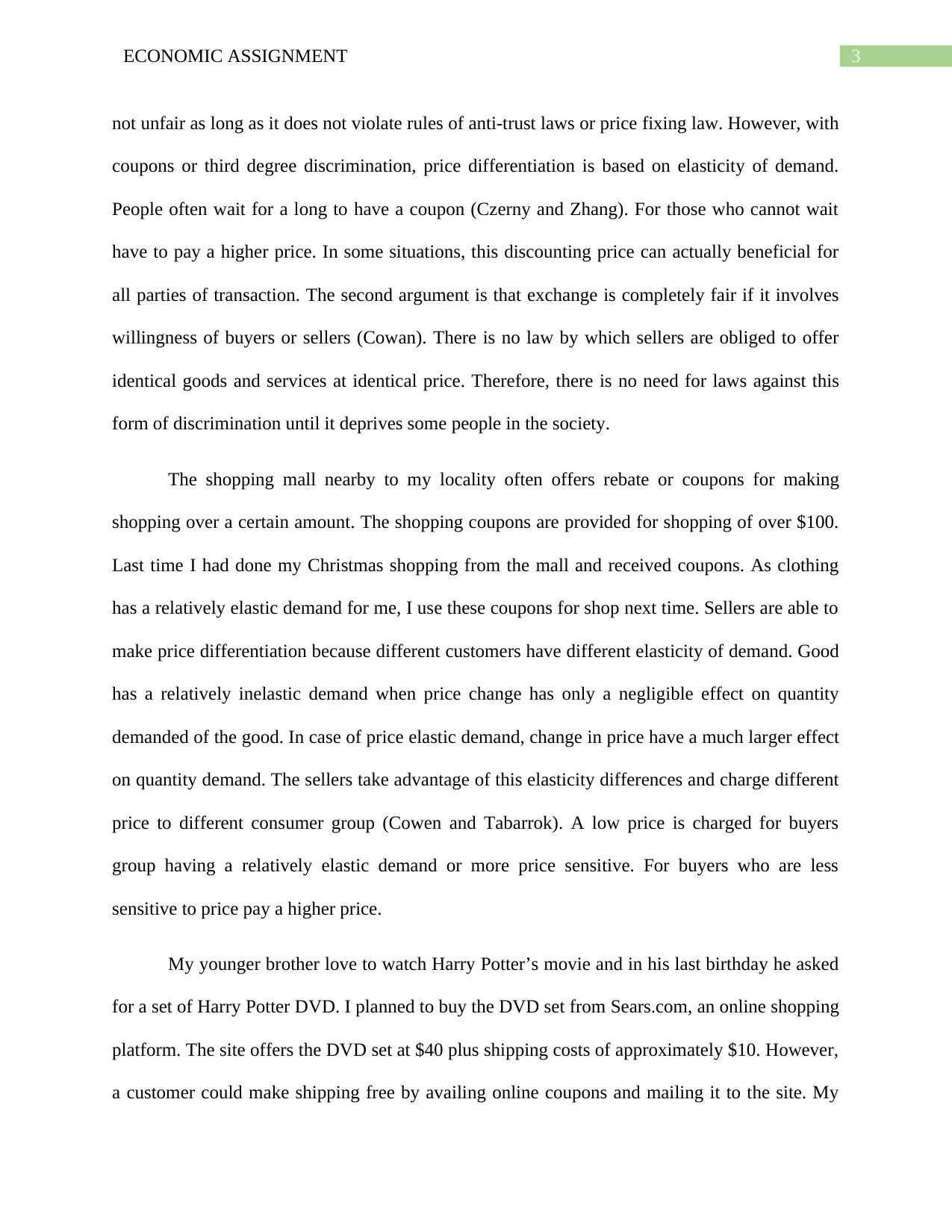

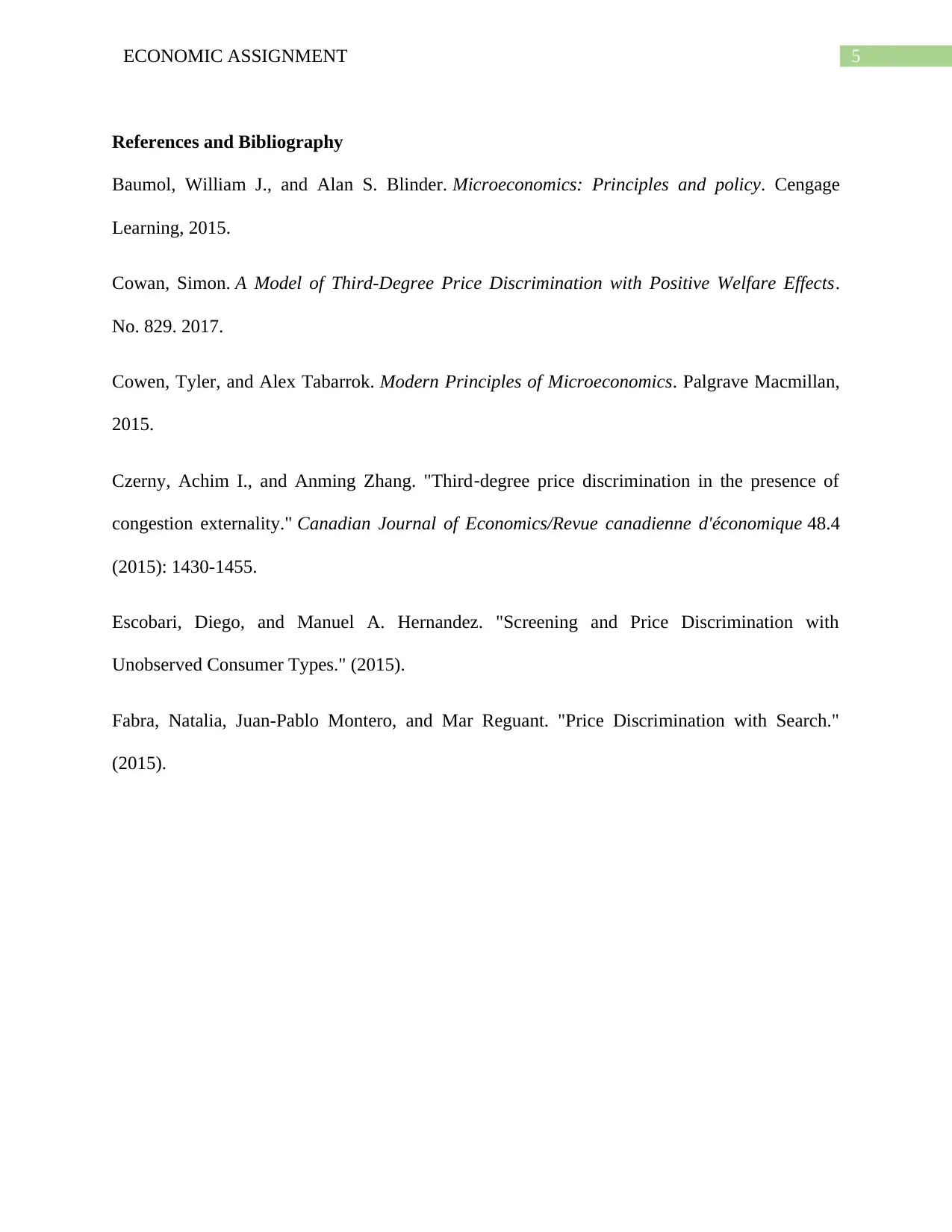
![[object Object]](/_next/static/media/star-bottom.7253800d.svg)